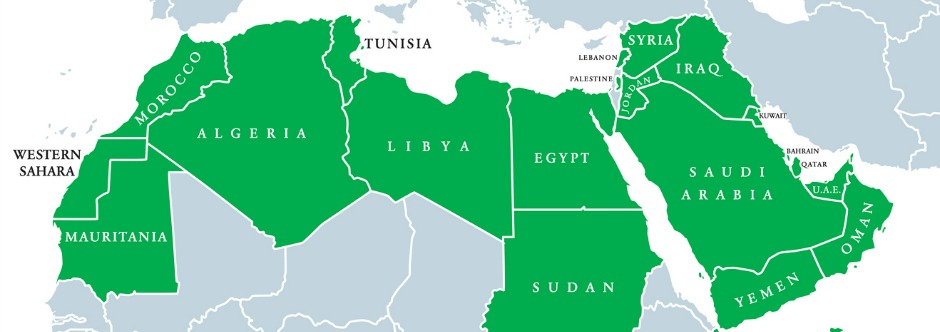The Middle East and North Africa (MENA) region is populated with 381 million people spanning across 21 countries. According to Wikipedia,“The term [MENA] is roughly synonymous with the term the Greater Middle East.” When it comes to talent migration, this dynamic group of countries has some unique factors and patterns affecting the global economy. Let’s examine these factors in an effort to understand the migration of talent in MENA.
Notable Factors
The MENA region has a problem with retaining educated workers, such as: doctors, engineers, teachers, scientists, and other skilled professionals. This problem is discussed in an article found on The Middle East Observer, called:“Migration of Young Arab Brains”, written on January 20th, 2016 by Doaa Hussein, as it explains:
“The attractive conditions of western countries lured 80 per cent of Arab post graduate students to pursue their studies abroad (almost 54 per cent do not return back to their countries)…70 per cent of graduated talents sought job opportunities overseas, due to the high unemployment rates in the Middle East…Palestine, Syria, Egypt, Jordan, Morocco, and Lebanon are considered the highest countries suffering from brain drain.”
The lack of scientific research, political instability, low paying positions, unemployment, and overall poor economic climate – are the main reasons for talent migration with MENA’s educated workforce. As the article states,
“Nearly two thirds of the Middle East are branded as third world countries…thus, lack opportunities.”
The brain drain and its causes are one notable factor, the other is the large younger generation now looking for work. We learn more from a paper produced by Migration Policy Institute, called: “Emerging Demographic Patterns across the Mediterranean and their Implications for Migration through 2030”, written by Phillipe Fargues in 2008, as it explains:
“…96 million people between ages 20 and 29 in 2010, and an estimated 104 million in 2030…Consequently, the largest generation ever born in the MENA region is now entering the workforce.”
The brain drain problem and the large young population entering the workforce are the notable factors the MENA region is dealing with. Expanded educational opportunities (for both men and women) and more women entering the workforce are also factors. The main question MENA faces is whether they’ll have enough quality jobs to retain their educated skilled workers.
The main destinations for MENA migrants are: Europe, North America, and within the region to their more developed neighbors, such as: UAE, KSA, Oman, Qatar, Bahrain, and Kuwait. Educated and skilled workers are more likely to migrate to Europe and North America, mainly to: Germany, Italy, Spain, and the United Kingdom.
Bright Spots in MENA
Although lagging behind in development in some areas, the MENA region does have some industries producing quality jobs. We learn what these industries are from an article from Gulf Business, called:“Top 5 Industries For Middle East”, written by Suhail Masri on December 2014,
“1) Oil, Gas and Petrochemicals
2) Banking and Finance
3) IT, Electronics and Communications
4) Government/ Civil services/ Utilities
5) Education/ Academia”
Summary
The MENA region has historically suffered from brain drain, as: political instability, a poor economic climate, and underdevelopment, have worked to draw educated talent to Europe and North America. More developed countries within the MENA region are offering better opportunities, yet political instability and the sheer numbers of quality jobs needed are still leading to talent migration elsewhere in the world.
With a large educated and tech savvy young population, MENA countries have the opportunity to retain talent, yet development needs to expand in the top 5 industries mentioned and beyond.
The large young population of MENA does offer to fill talent gaps in Europe, as their projected declining workforce is creating gaps with skilled positions. Likely, the brain drain will continue, especially, in the underdeveloped MENA countries and the one’s suffering from political upheavals the most. This means international recruiting from the MENA region is an opportunity for companies around the world to fill talent shortages.
This article was originally published on our website at www.the-network.com/spotlight





